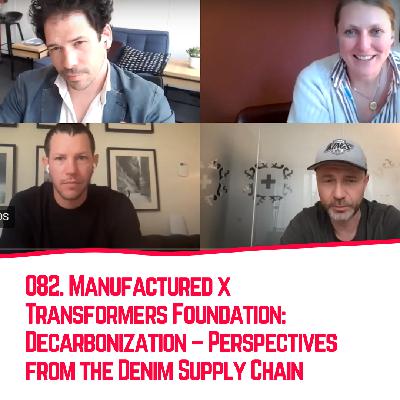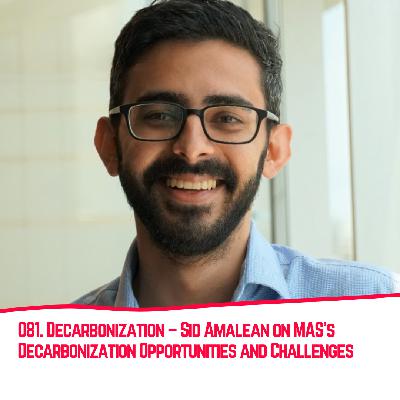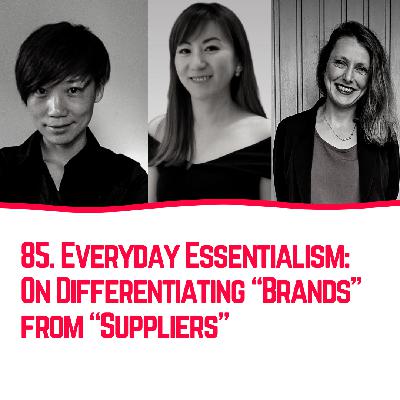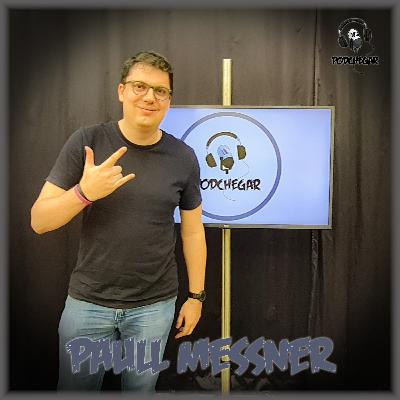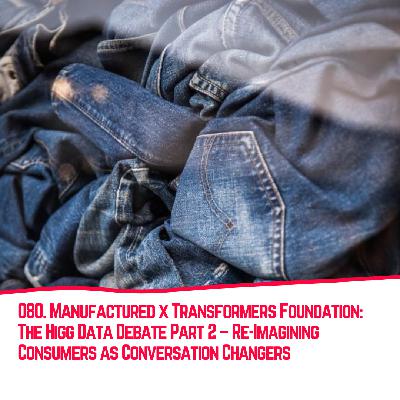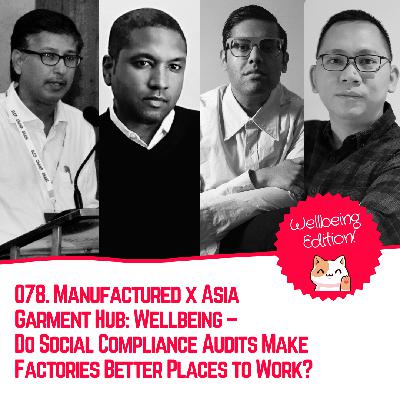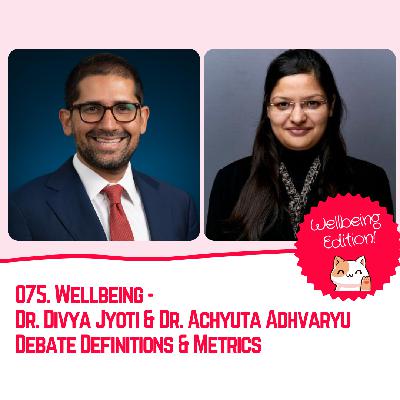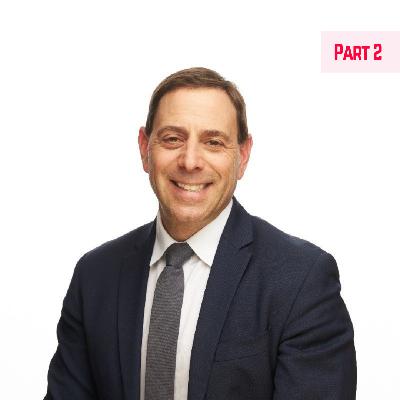Discover Manufactured
Manufactured

119 Episodes
Reverse
This conversation brings together representatives from different levels of the denim supply chain: brand (Boysih Jeans), mill (Candiani), and farm (the Sourcery). We talk about which part(s) of making a pair of jeans has the biggest impact on carbon emissions? Do we know? We talk about the possibilities: what role can companies operating in different parts of the denim supply chain can take towards reducing carbon emissions. And we also talk about the limits: what challenges do companies face when it comes to reducing carbon emissions? The conversation is an edited version of a webinar Kim moderated for Transformers Foundation.
Why did MAS sign-up for science-based targets? What are their challenges? What kind of support is needed from brands and retailers?
We all know that there’s a kind of essentialism that happens in conversations about sustainable fashion (and beyond). It’s shorthand that artificially groups together very diverse groups of people and lumps them according to a single or several defining features. This episode is an open discussion of two such terms: “brand” and “supplier.”
Do apparel manufacturers have mapped pathways for achieving their decarbonization targets, or not? This episode features responses to this question from three different manufacturers: Mustafa Ahmad the General Manager of Sustainability for US Apparel & Textiles in Pakistan, Krishna Manda the Vice President of Corporate Sustainability for Lenzing, and Matthew Guenther, the Director of Environmental Sustainability for TAL Apparel.
This is an audio version of a piece I wrote for the Asia Garment Hub called “Practical Tips for Talking to Manufacturers About Decarbonization.”
Will empowering consumers to shop differently really drive fashion’s transformation?
I've been thinking a lot about the controversy surrounding the Higg Material Sustainability Index. It's taken me some time to put together my thoughts, and I'm not sure I'm totally there yet. But here it goes...
What do two manufacturers, one brand, and one ex-social compliance auditor think: do social compliance audits make factories better places to work? What’s the intention behind social audits? Are audits about assurance? Or should they be a tool for collaboration and conversation? Or both?
Is visibility a sensible way of approaching wellbeing in fashion supply chains? Is the fact that subcontractors are invisible really what causes adverse human rights outcomes? Or are adverse human rights outcomes in fashion supply chains a symptom of how we distribute financial risk?
We can’t talk about wellbeing on the production floor without also talking about factory management. What drives the behavior of factory management? What are their incentives? And how does this translate on the production floor?
Dr. Divya Jyoti and Dr. Achyuta Adhvaryu debate: how should worker wellbeing be defined and measured?
This is part two of a conversation with Marzia Lanfranchi and Elizabeth Cline, co-authors of the new report: Cotton: A Case Study in Misinformation. The chat is co-hosted by Sarah Mock.
This is part one of a conversation with Marzia Lanfranchi and Elizabeth Cline, co-authors of the new report: Cotton: A Case Study in Misinformation. The chat is co-hosted by Sarah Mock.
This is part two of an episode that brings together people from opposite ends of the fashion supply chain – two suppliers and an impact investment strategist.
This is part one of an episode that brings together people from opposite ends of the fashion supply chain – two suppliers and an impact investment strategist.
In part 2 of this chat Hilmond Hui, VP of Bombyx and VP of PFG, talks barriers: if regenerative silk is so great, why doesn’t everyone do it?
In this episode, Hilmond shares a bit about the evolution of PFG (a longtime Eileen Fisher producer), and how this ultimately led to Bombyx. We then dive into the details: what does regenerative silk production mean? How does Bombyx approach it?
This is part two of a conversation with Matthew Wallace, CEO of DXM & guest co-hosted by Gauri Sharma. DXM is a local, on-demand manufacturing company that’s co-owned by one brand and four suppliers.
This is part one of a conversation with Matthew Wallace, CEO of DXM & guest co-hosted by Gauri Sharma. DXM is a local, on-demand manufacturing company that’s co-owned by one brand and four suppliers.
This is part two of a conversation between three manufacturers and an activist. How would Suzanne, Amrin, and Jay like Kate to engage in conversations about overproduction? What do Jay, Amrin, and Suzanne think about activists and educators calling out brands?


